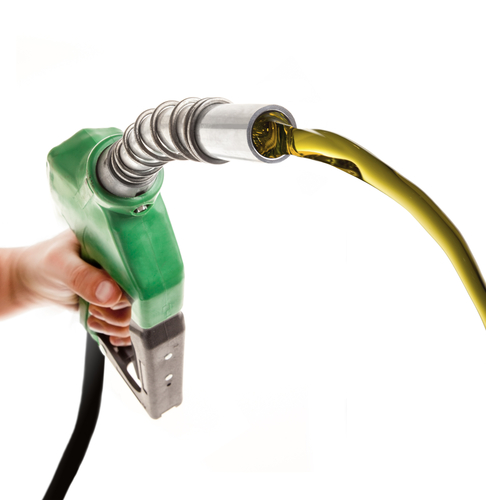 |
One of the nation’s most pressing and complex diesel emissions challenges exists in our ports, many of which are directly adjacent to large populations in major metropolitan areas. Not only do these challenges involve environmental impacts, they also include social issues related to environmental justice, as well as problems that arise from the diversity of equipment, industries, and operations required to keep our ports safe, functional, and competitive.
According to the EPA, “ports” include public and private marine facilities that maintain shoreside operations for intermodal transfer of cargo between ships, barges, truck, trains, and pipelines, as well as passenger cruise terminals . Ports may also include airports, trade centers, and even recreational facilities. Together, more than 360 U.S. ports with 3,200 facilities handle more than two billion tons of domestic and imported and exported cargo every year.
Forget expensive calls to lawyers and consultants. With Enviro.BLR.com®, you get instant access, 24/7. Try it out today and get 2014 EHS Salary Guide absolutely free. Download Now.
Economically speaking, our ports employ more than 500,000 people, contribute an estimated $1.3 trillion in gross domestic product, and generate about $21.4 billion to U.S. Customs revenue each year. Between 2005 and 2020, the EPA anticipates both cargo and passenger cruise volume to double, putting further impetus on the need to address port sustainability sooner than later. They also contribute to air pollution via old and inefficient diesel engines.
With these challenges and expected growth in mind, the EPA recently hosted webinars and other events, including the Port Stakeholders Summit in April to ramp up conversations and provide venues for everyone impacted to have a say in how ports are managed in the future. One of the greatest needs on the table is that of reducing ports’ diesel emissions that are responsible for “substantial greenhouse gas and black carbon emissions” that can seriously impact the air quality in local communities.
Although this new push is not the first attempt to address diesel emissions from ports and many ports have made significant voluntary emissions reductions already, the EPA acknowledges that diesel emissions continue to be a problem. To further promote ongoing efforts, the EPA recently introduced a new initiative to recognize ports that take action to improve environmental performance. This program will provide incentives for ports to address and improve local air quality, reduce carbon emissions, and focus on related environmental justice issues. The EPA will also use the program to work closely with port authorities to develop emissions measurement tools that look at both energy use and environmental impacts specific to ports.
Everything You Need for Environmental Compliance
Enviro.BLR.com puts everything you need at your fingertips, including practical RCRA, CAA, CWA, hazardous waste regulatory analysis and activity, news, and compliance tools. Try it at no cost or risk and get a FREE report.
To get the ball rolling, the EPA awarded $4.2 million in grants for clean diesel projects at six major U.S. ports, including:
- $469,000 to the Port of Los Angeles to retrofit 14 pieces of cargo-handling equipment with diesel particulate filters;
- $750,000 to the Port of Baltimore to provide incentives for replacing 35 pre-1997 model year drayage trucks with trucks powered by 2010 or newer certified engines,
- $500,000 to the Port of Hueneme in Ventura County, California, to complete wharf electrification allowing port- to shore-side power for oceangoing vessels at three berths simultaneously to reduce idling emissions;
- $1.2 million to the Port of Seattle to provide incentives for replacing 40 older heavy-duty drayage trucks with trucks using 2010 or newer certified engines;
- $601,949 to the Port of Tacoma to repower a Tier 0 switcher locomotive with a Tier 3+ engine with an automatic start/stop system to reduce idling; and
- $750,000 to the Virginia Port Authority to replace three Tier 1 shuttle carriers with Tier 4 hybrid diesel-electric carriers at the Port of Virginia.
